Invasive species are silently wreaking havoc across North America, altering ecosystems and outcompeting native wildlife.
Their presence often leads to significant ecological and economic damage, threatening biodiversity.
Aggressive species like the Asian carp and the destructive emerald ash borer for example, invade wildlife areas and are difficult to control once established. Let’s examine their impact, as it’s crucial for implementing effective management strategies to protect our environment.
Burmese Pythons

Originally imported as pets, Burmese pythons have established a breeding population in the Florida Everglades. These massive snakes prey on a wide variety of native wildlife, including birds, mammals, and even alligators. Their presence has led to dramatic declines in local animal populations.
Emerald Ash Borer
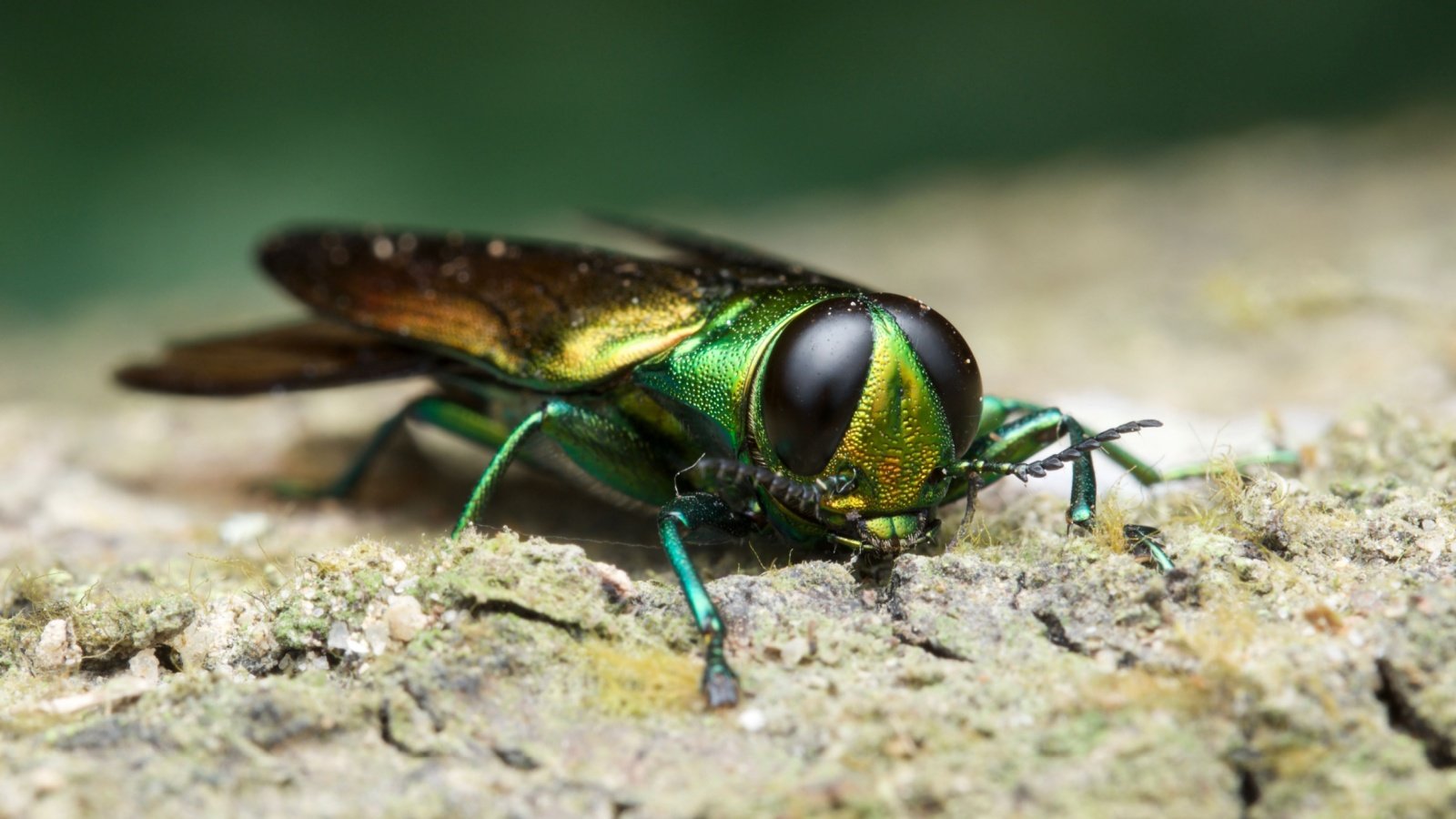
The emerald ash borer is an Asian beetle that has devastated ash tree populations across North America. First detected in Michigan in 2002, it has since spread to numerous states and provinces. This insect bores into ash trees, disrupting their nutrient flow and ultimately killing them.
Kudzu
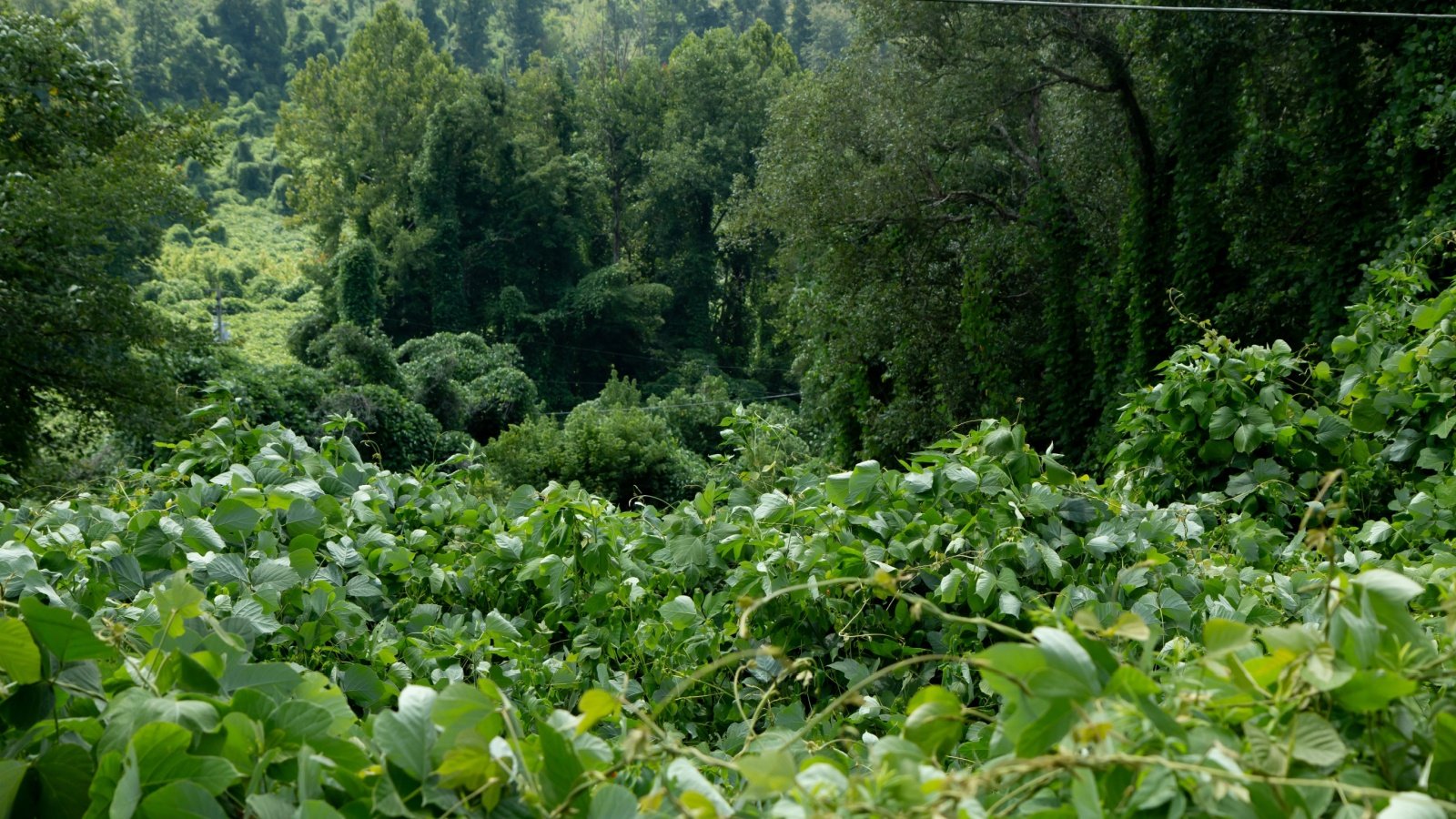
Kudzu, a vine native to Asia, was introduced to the southeastern United States for erosion control. It grows rapidly, covering and smothering native vegetation, trees, and even buildings. The vine’s aggressive spread has earned it the nickname “the vine that ate the South.”
Northern Snakehead
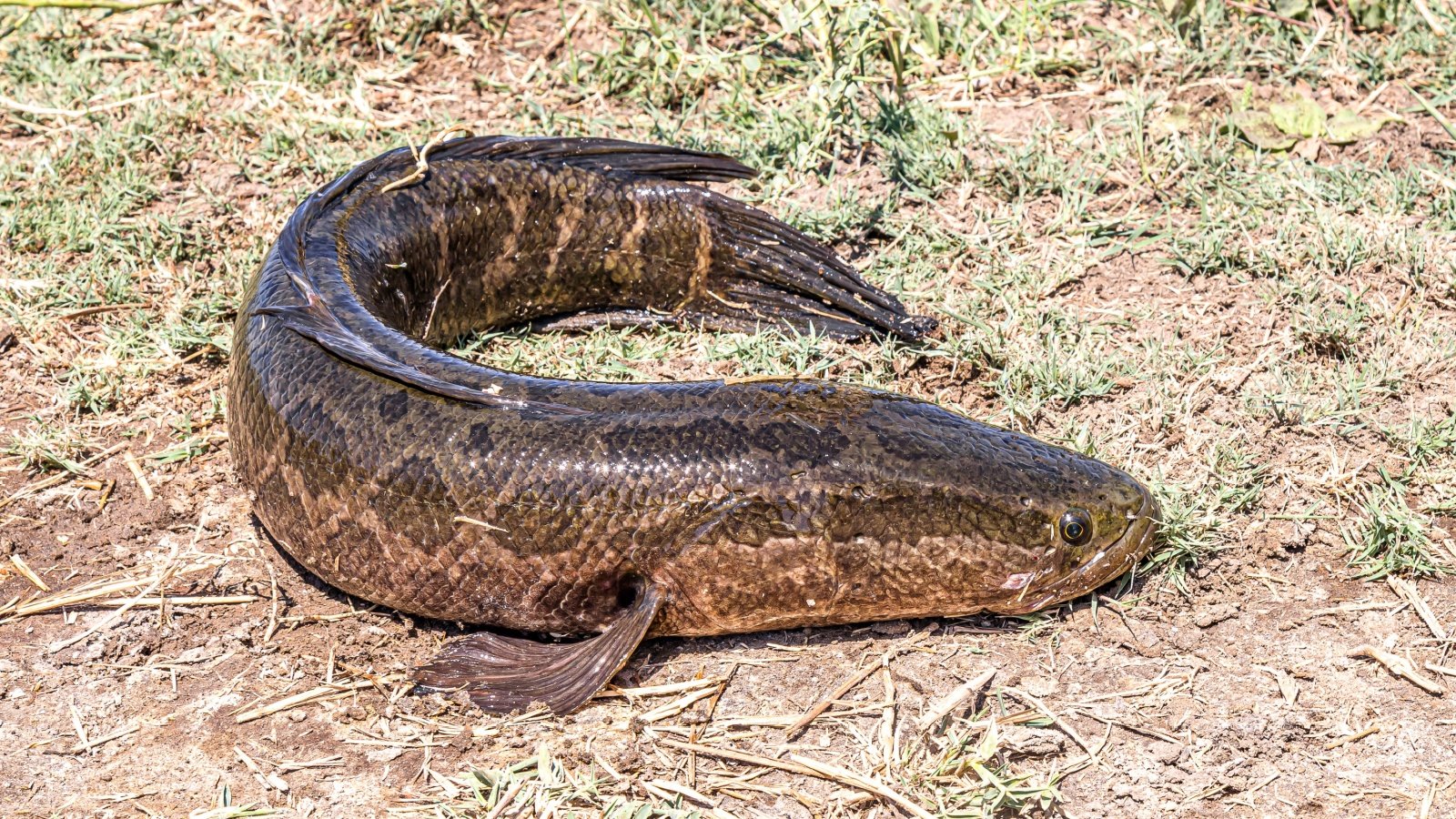
The northern snakehead, a predatory fish native to Asia, was first found in U.S. waters in 2002. It can survive in a variety of habitats and prey on native fish, amphibians, and even small mammals. Its ability to breathe air and move on land makes it particularly troublesome.
Gypsy Moth
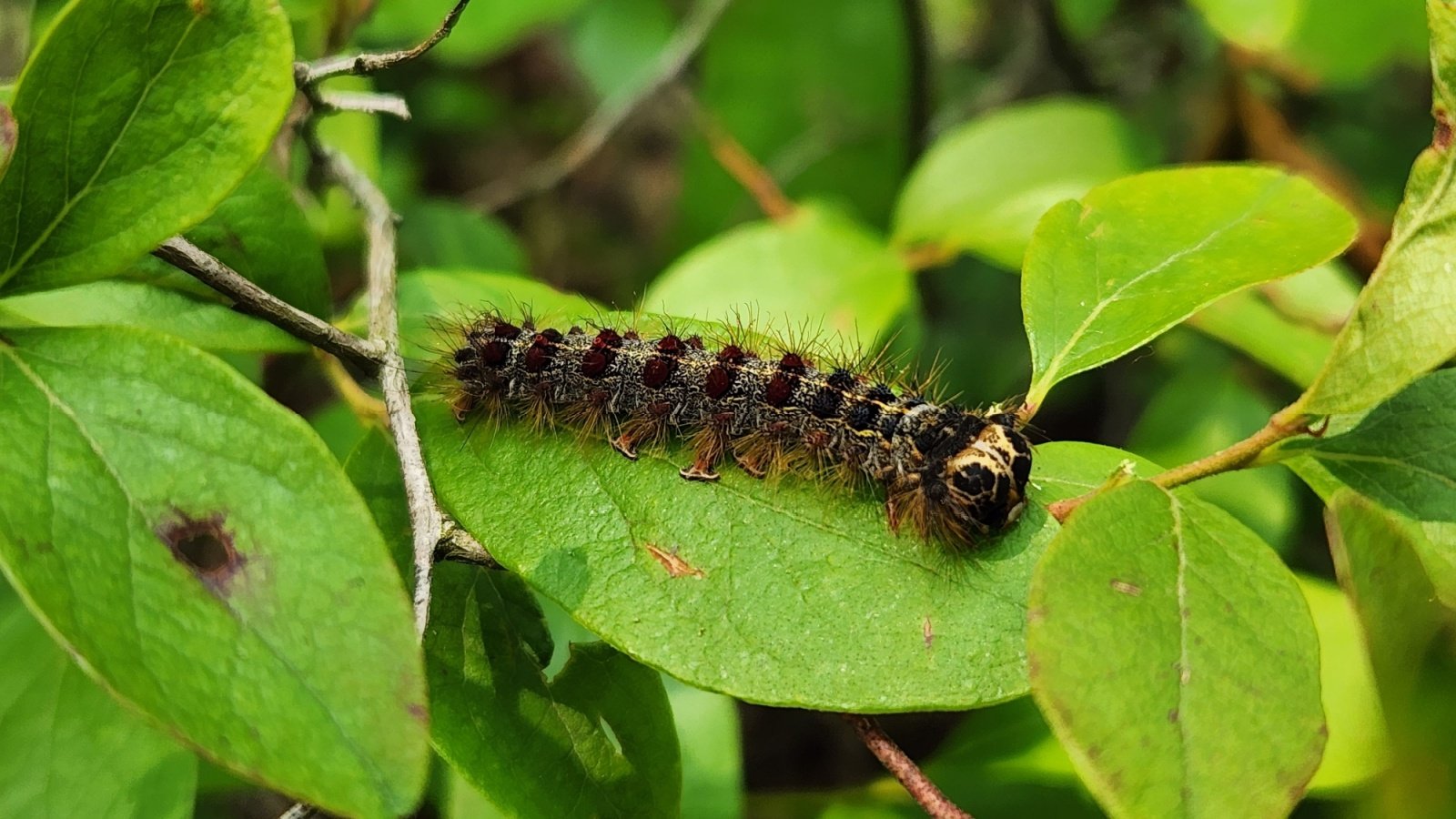
Introduced in the 1860s for silk production, the gypsy moth has become a major pest in North American forests. Its larvae defoliate trees, leaving them vulnerable to disease and other stressors. Outbreaks can result in significant damage to both urban and natural landscapes.
Feral Hogs
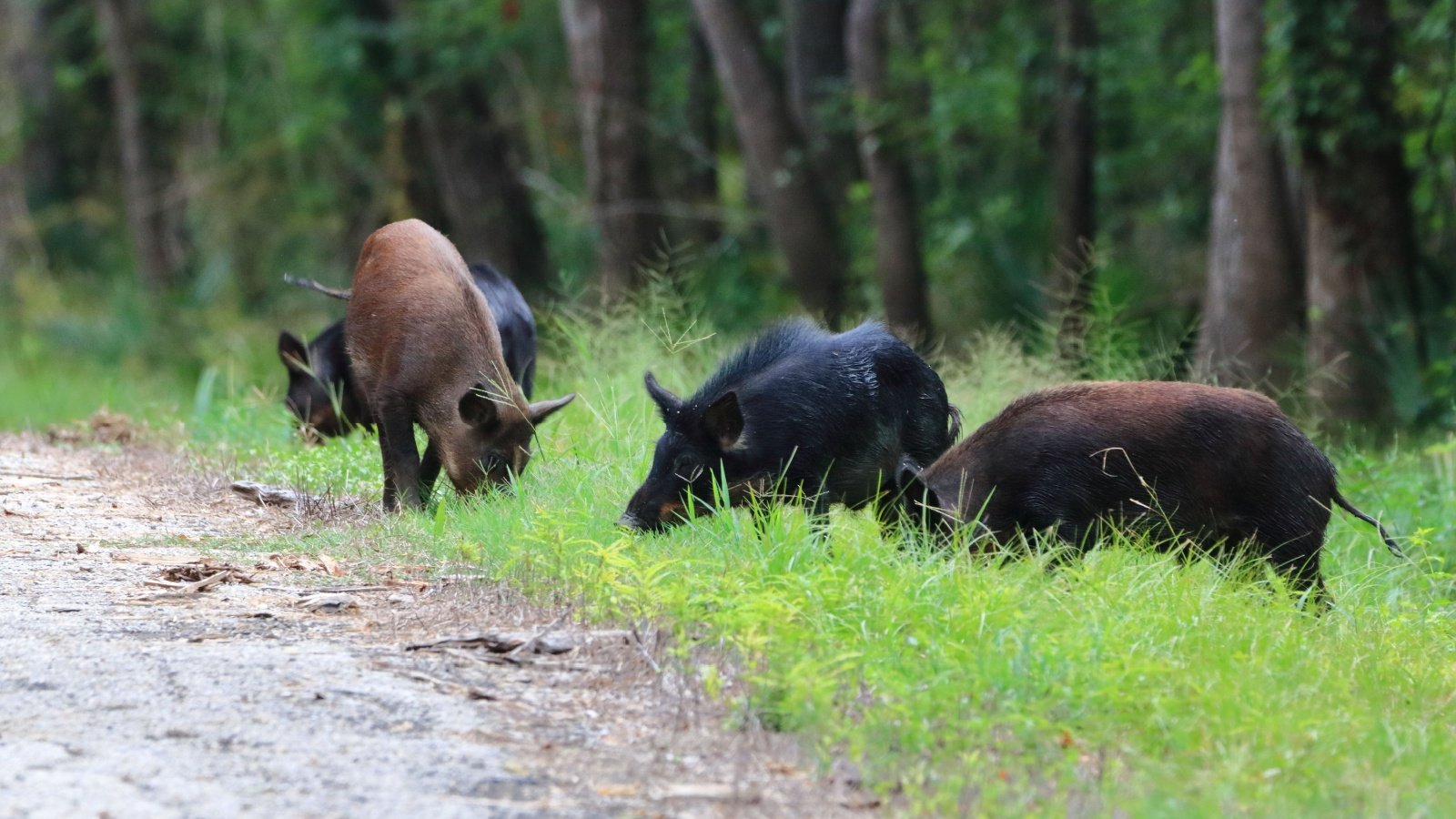
Feral hogs, descendants of domestic pigs, have proliferated across North America. They root up soil, damaging crops and native vegetation, and spread diseases to livestock and wildlife. Their aggressive behavior and rapid reproduction make them particularly difficult to control.
Japanese Knotweed
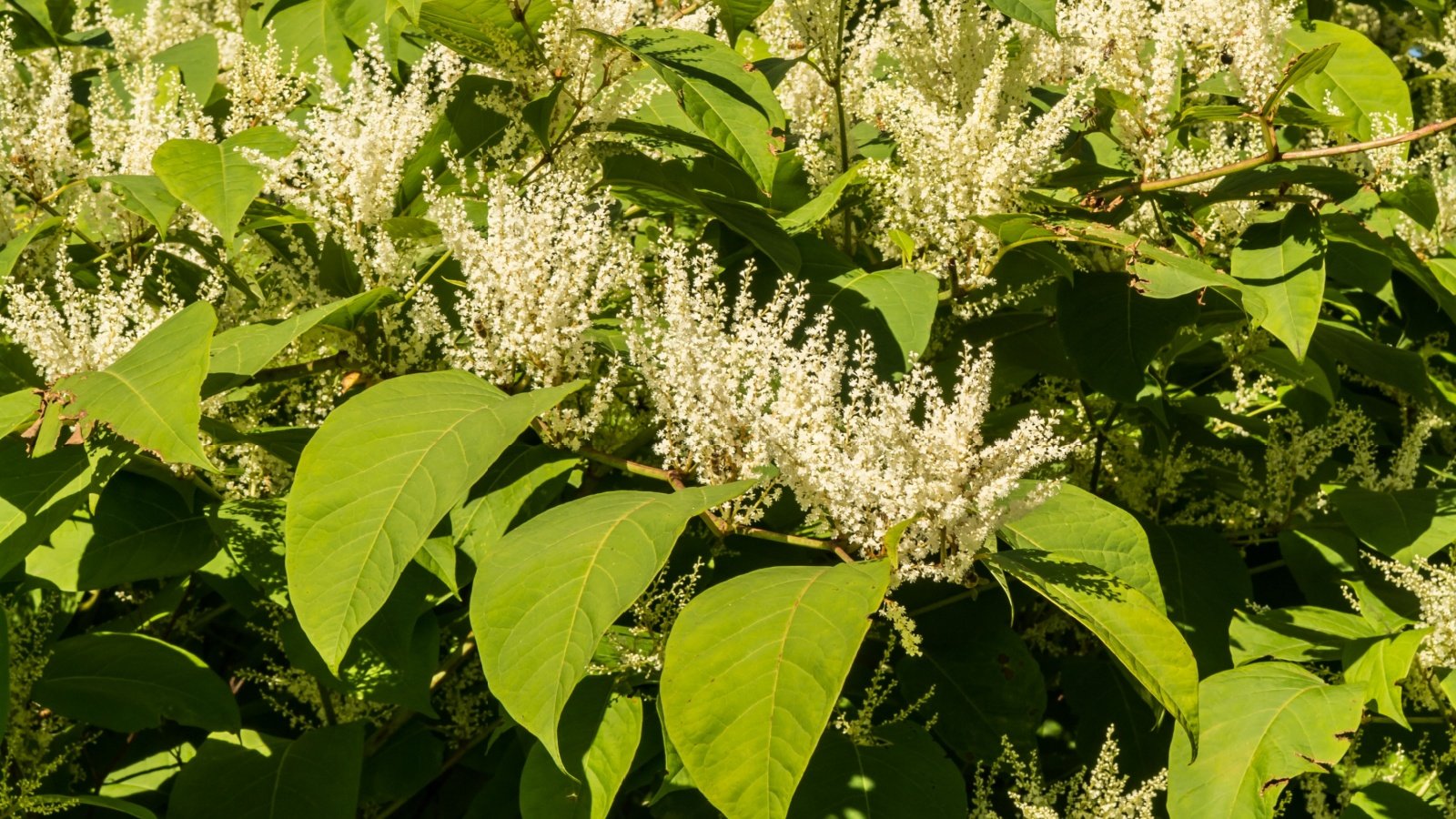
Japanese knotweed was brought to North America as an ornamental plant but has become a destructive invader. It grows quickly, forming dense thickets that outcompete native plants. Its roots can damage infrastructure, including roads and building foundations.
Brown Marmorated Stink Bug
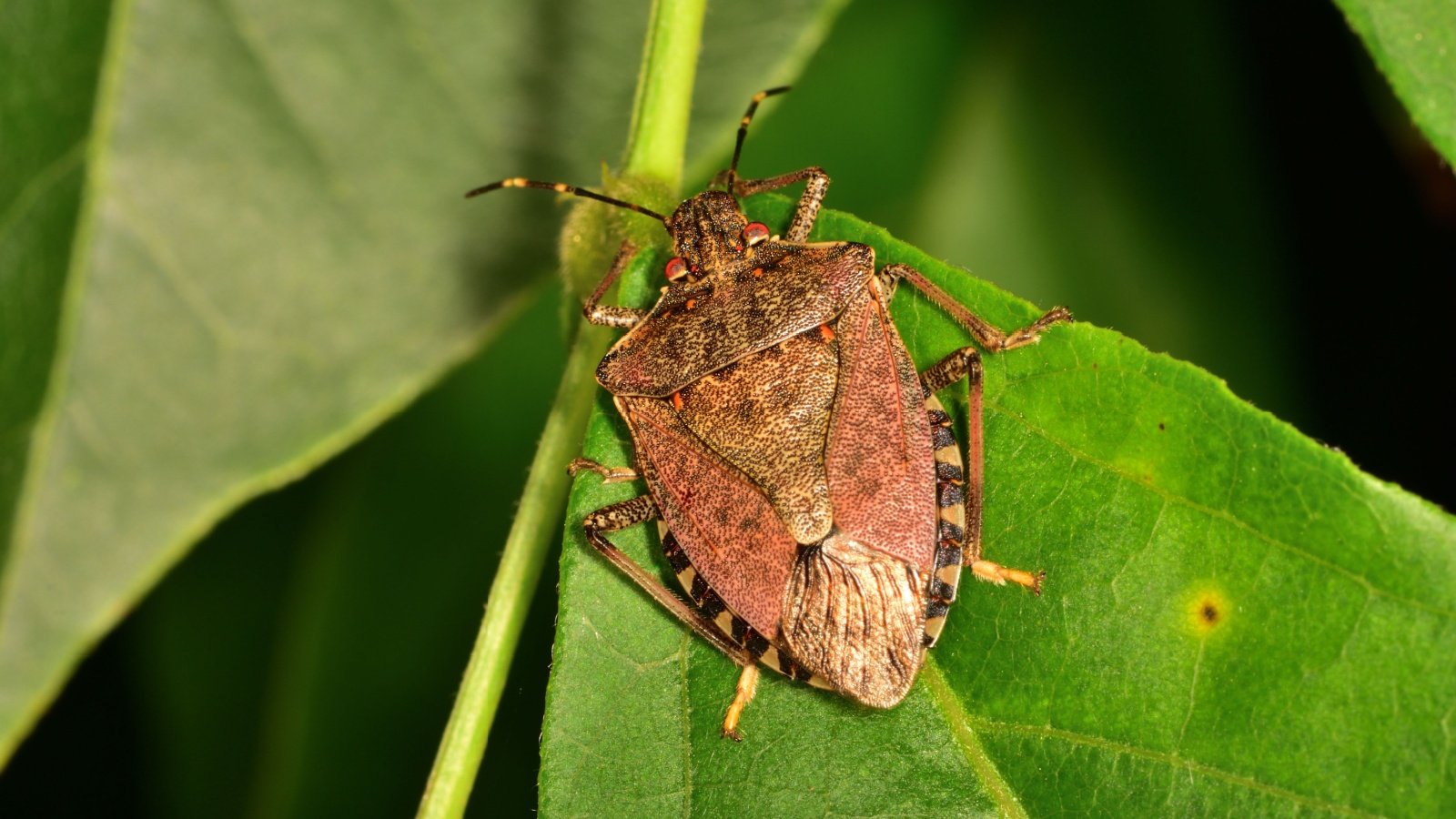
Native to East Asia, the brown marmorated stink bug has become a significant agricultural pest in North America. It feeds on a wide variety of crops, including fruits, vegetables, and ornamentals. When disturbed, it releases a foul odor, making it a nuisance in homes as well.
Cane Toad
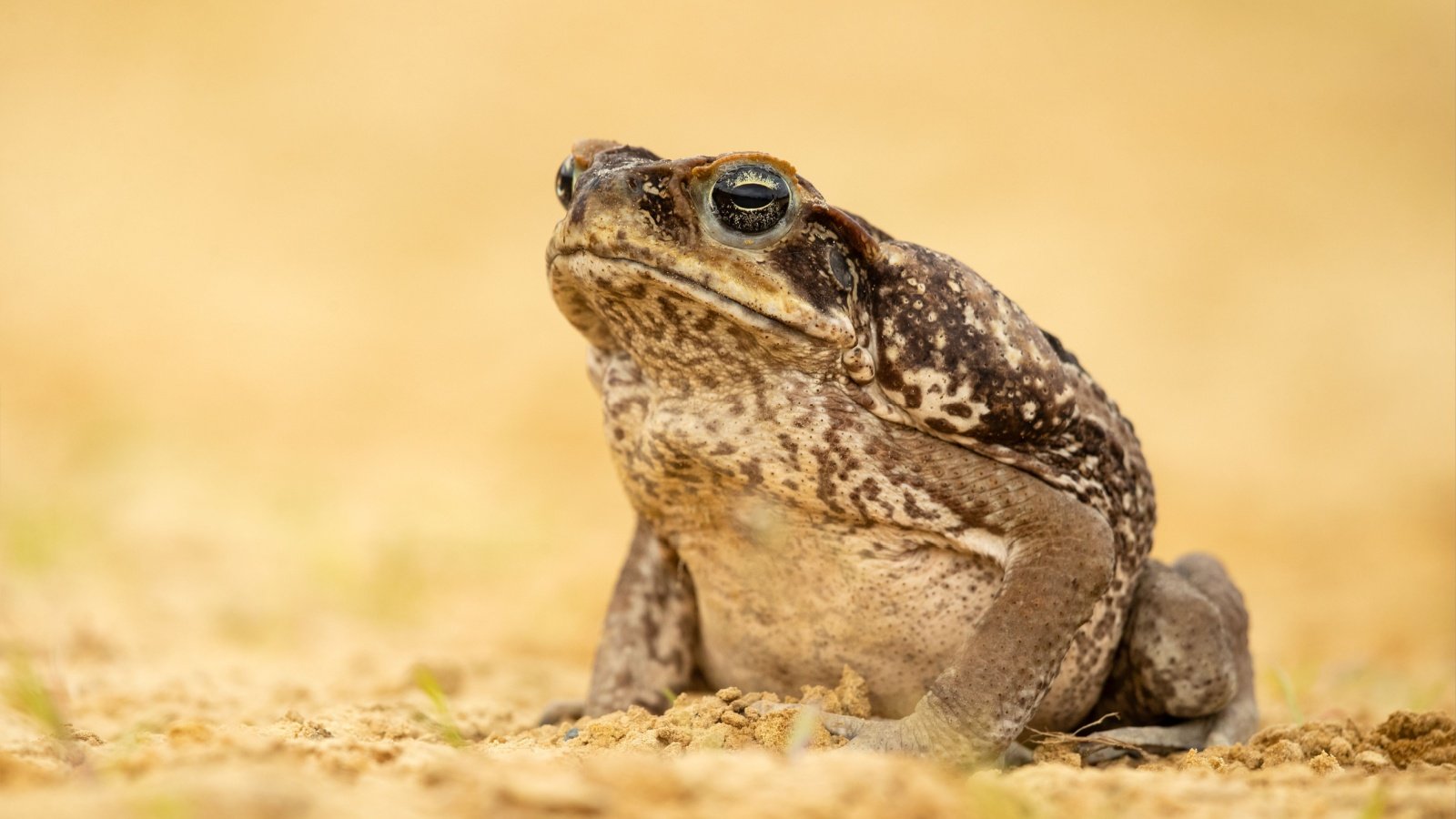
Introduced to control agricultural pests in the early 20th century, cane toads have spread throughout the southern United States. These toxic amphibians pose a threat to predators that attempt to eat them, including pets and native wildlife. Their large numbers and rapid reproduction exacerbate their impact on local ecosystems.
Wild Parsnip

Wild parsnip, an invasive plant from Europe and Asia, has spread across North America. Its sap contains chemicals that can cause severe skin burns and blisters when exposed to sunlight. It outcompetes native plants, reducing biodiversity in affected areas.
Asian Longhorned Beetle
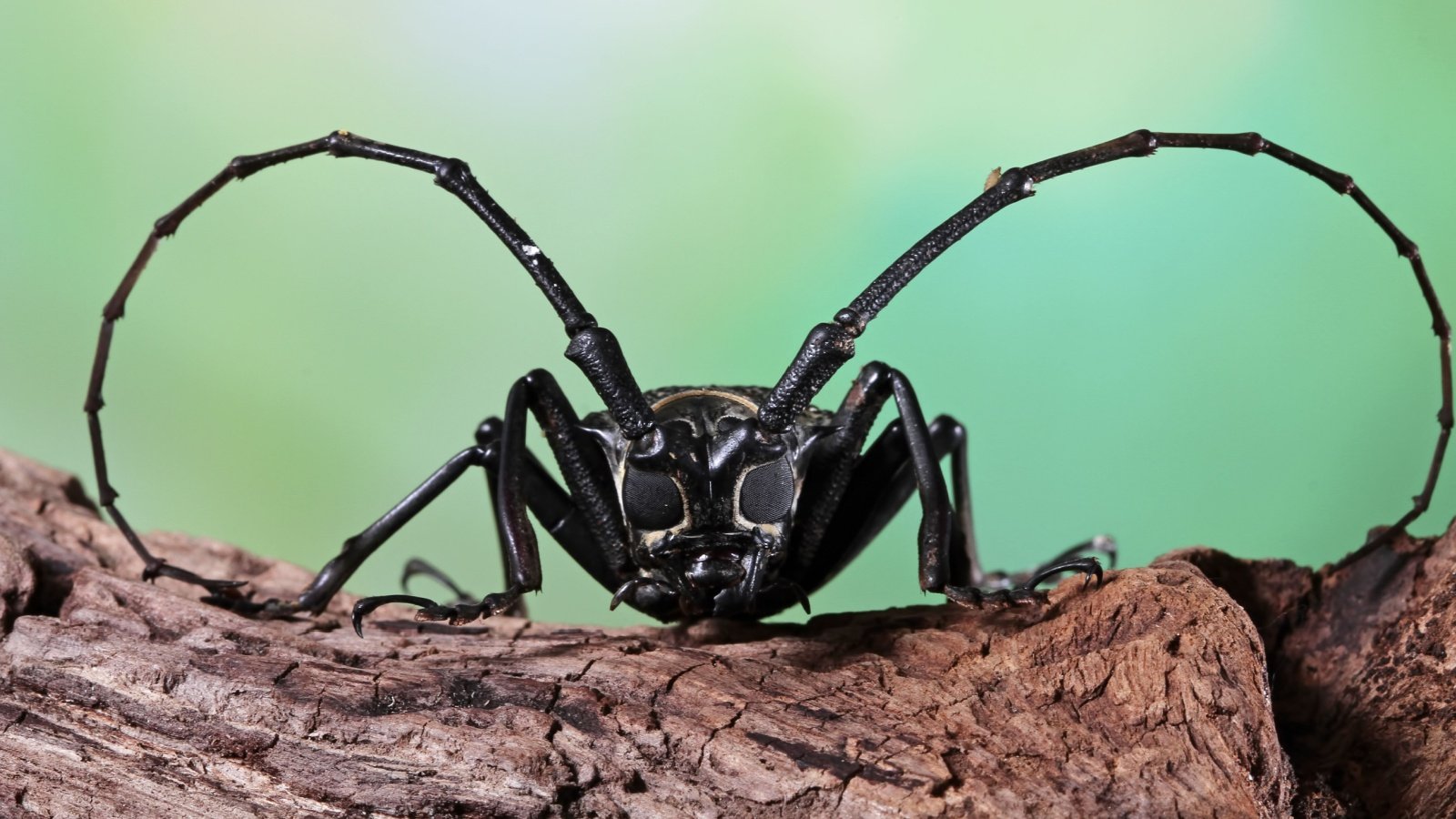
The Asian longhorned beetle, discovered in the U.S. in 1996, attacks a variety of hardwood trees. It bores into trunks and branches, disrupting the tree’s vascular system and eventually killing it. Efforts to control its spread have led to the removal of thousands of trees.
Nutria

Nutria, large semi-aquatic rodents native to South America, were introduced for fur farming. They cause extensive damage to wetland habitats by feeding on vegetation and burrowing into banks. Their destructive feeding habits lead to erosion and loss of wetland ecosystems.
Garlic Mustard

Garlic mustard, introduced as a culinary herb, has become a pervasive weed in North American forests. It releases chemicals that inhibit the growth of native plants, altering soil composition. This aggressive plant spreads rapidly, displacing local flora.
Asian Carp

Asian carp were introduced to control algae in aquaculture ponds but have since spread uncontrollably in North American waterways. These fish are notorious for their ability to outcompete native species for food and habitat. Their presence threatens local ecosystems and commercial fishing industries.
Spotted Lanternfly

The spotted lanternfly, native to China, was first detected in Pennsylvania in 2014. It feeds on the sap of various plants, weakening them and making them susceptible to disease. This pest poses a serious threat to agriculture, particularly vineyards and orchards.
Hydrilla

Hydrilla, an aquatic plant native to Asia, has spread through many North American waterways. It forms dense mats that choke out native plants and impede water flow. This invasive species is difficult to eradicate due to its ability to reproduce from small fragments.
European Starling

European starlings were introduced to North America in the 19th century by a group wanting to bring all birds mentioned in Shakespeare’s works to the continent. These birds are highly adaptable and compete fiercely with native species for nesting sites. Their large flocks can also cause significant agricultural damage.
Zebra Mussels

Zebra mussels, native to Eastern Europe, were first discovered in the Great Lakes in the 1980s. These small mollusks clog water intake pipes and adhere to boat hulls, causing significant economic damage. Additionally, they filter out plankton, disrupting aquatic food chains.
Common Carp

Common carp, introduced for sport and food, have become invasive in many North American water bodies. They disrupt aquatic ecosystems by uprooting plants and increasing water turbidity. Their presence negatively impacts native fish populations and water quality.
Rusty Crayfish

Rusty crayfish, native to the Ohio River basin, have invaded many North American water bodies. They outcompete native crayfish for food and habitat, disrupting aquatic ecosystems. Their aggressive behavior and ability to adapt to different environments make them a formidable invasive species.
Fire Ants
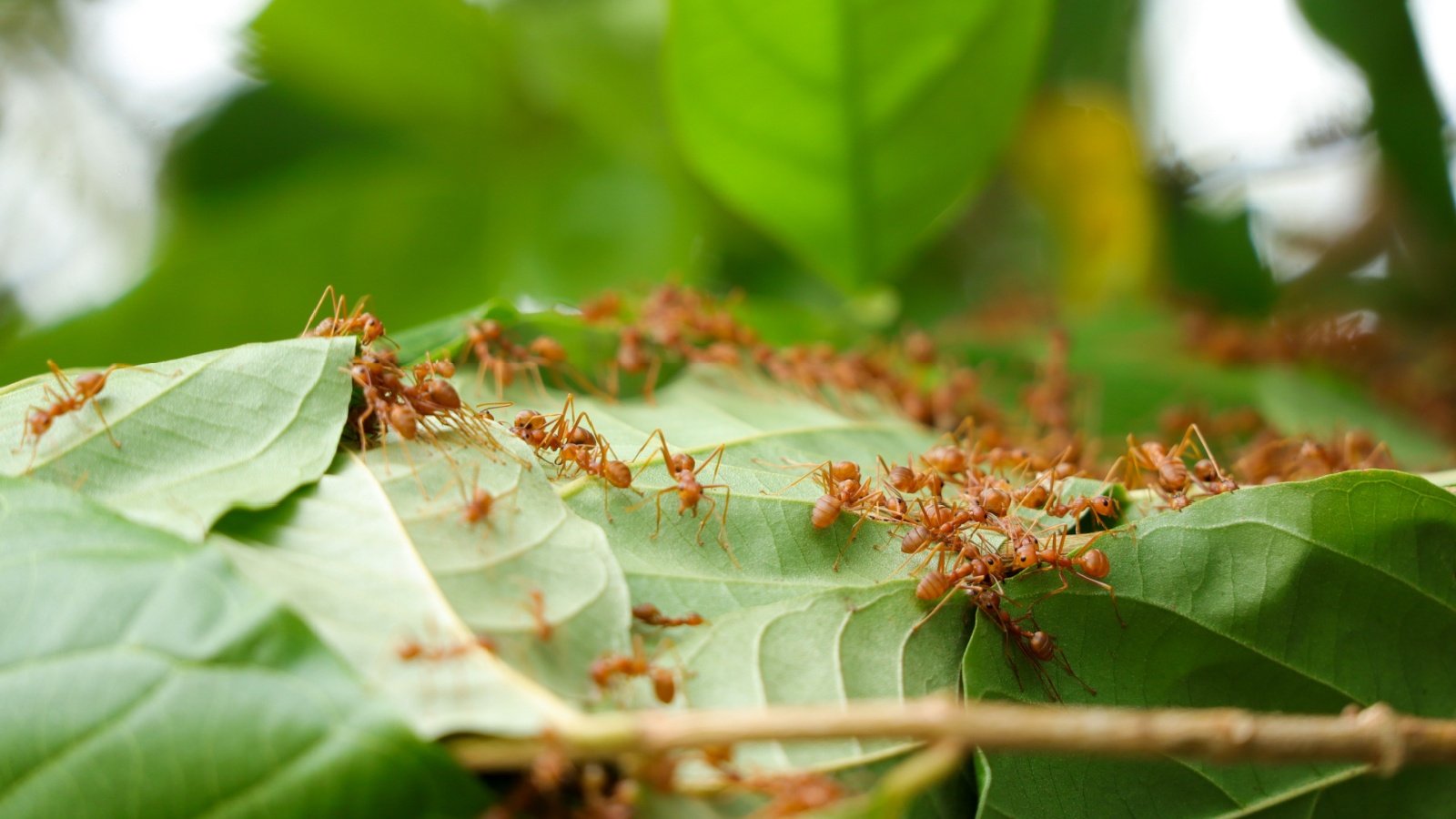
Red imported fire ants, native to South America, have become notorious pests in the southern United States. Their painful stings can cause severe allergic reactions, and they damage crops and infrastructure. Fire ants are highly adaptable and difficult to eradicate.








